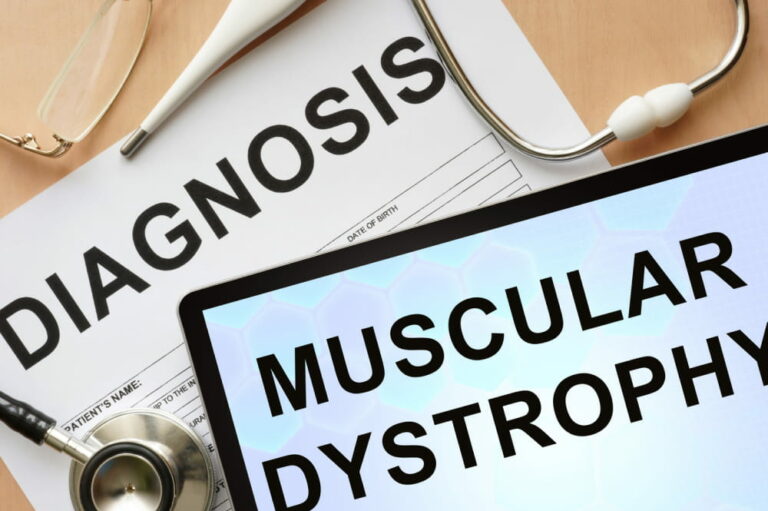
8 mistakes to avoid during periods
Monthly periods can last from two to seven days and can cause some manageable discomfort. However, an increasing number of people are being diagnosed with conditions that make their menstrual cycles painful and unmanageable. Pre-Menstrual Syndrome (PMS) is a common experience for most people, which includes pain, lack of focus, difficulty concentrating, mood swings, nausea, and more before their period. Certain habits could be contributing to this discomfort on a regular basis. Not taking pain relievers proactively The time to reach for a pain relief remedy is when one feels the first twinge of pain when the period is due. However, most people tend to wait until the pain is on the verge of governing the rest of the day. Reaching for the prescribed painkiller when the lower stomach or pelvis area is on the initial hint of discomfort is far more effective than losing the energy and draining oneself with pain before considering taking something for it. Remedies and treatment are far more likely to be effective when the pain is mild rather than when it has intensified, curving one into the fetal position. This is especially important if one has conditions like PCOS, endometriosis, adenomyosis, or other complications that worsen the periods.
Read More 










